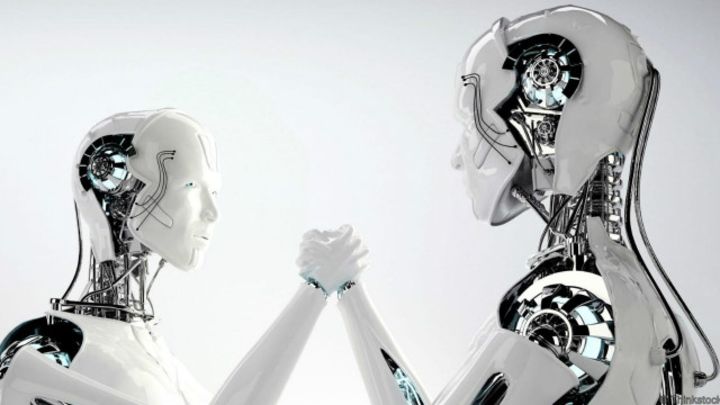Semalt Shows How To Extract Images From Websites Using Octoparse

Businesses and organizations rely on comprehensive data to set strategies and to make business decisions. With web scraping, retrieving huge amounts of useful data from websites is just a click away. Web scraping is a technique used by webmasters and marketers to extract texts, images, and documents from the net.
Octoparse
Nowadays, scraping images from static and JavaScript loading sites have become a daily task to execute. You can use Octoparse to extract target images as the URL of where the image is located on a webpage. In this guide, you'll learn how to use "download from URLs" scraping tool to retrieve vast amounts of images from websites.
Some web scraping tools have been put forward for web scraping activities. Web scraping tools are designed to scrape both static and JavaScript loading sites. If you are not a programmer, you don't have to panic. Extracting images from sites using Octoparse is as simple as ABC.
The choice of the web scraping tool to work with depends on your projects. Some of the tools are designed to extract vast amounts of images at the same time while others fit scraping a single source per requests. Note that most of the e-commerce websites restrict users from scraping sites. In such a case, it is recommended to check the websites robots.txt configuration file for permissions.

How to extract images from websites?
- Using your built-in-browser, open the web page comprising of the images to be retrieved.
- Configure the pagination for extraction to obtain all the URLs of your target images.
- Select on "Create a list of item" icon at the top left corner of your browser and edit the compiled list.
- Click on "Loop' to process your compiled list.
- Start extracting all the URLs of images by clicking on "Extract text". To obtain reliable results, the image address should be in the primary image tag. Remember to locate the appropriate image tag before you start extracting all images from a web page.
- To execute the extraction process on your local machine, click on "Local extraction". However, run this step after you're done with configuring all the rules of extracting image from a website.
- After obtaining URLs of all the images in a web page, export the scraped data to a local file or to a database format
Scraped URLs of all images can be exported in CouchDB or in Microsoft Excel. The choice of the database to consider depends on the amounts of images to be exported. To wrap-up the image extraction process, use Google Chrome extension Tab and click on "save" to download all the images. Enter the obtained download links on your browser search query to get started.
Copy-paste the URLs of the images in your textbox and click on "Download" button to save the images on your PC. Extracting images from websites using Octoparse is just a click away. Don't let programming knowledge jeopardize your image scraping projects. Download and save images from static and JavaScript loading sites with ease using Octoparse tutorials.